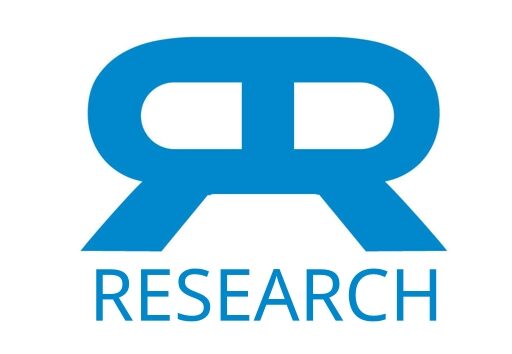We have investigated prospectively the efficacy of two nonpharmacologic relaxation techniques in the therapy of anxiety. A simple, meditational relaxation technique (MT) that elicits the changes of decreased sympathetic nervous system activity was compared to a self-hypnosis technique (HT) in which relaxation, with or without altered perceptions, was suggested. 32 patients with anxiety neurosis were divided into 2 groups on the basis of their responsivity to hypnosis: moderate-high and low responsivity. The MT or HT was then randomly assigned separately to each member of the two responsivity groups. Thus, 4 treatment groups were studied: moderate-high responsivity MT; low responsivity MT; moderate-high responsivity HT; and low responsivity HT. The low responsivity HT group, by definition largely incapable of achieving the altered perceptions essential to hypnosis, was designed as the control group. Patients were instructed to practice the assigned technique daily for 8 weeks. Change in anxiety was determined by three types of evaluation: psychiatric assessment; physiologic testing; and self-assessment. There was essentially no difference between the two techniques in therapeutic efficacy according to these evaluations. Psychiatric assessment revealed overall improvement in 34% of the patients and the self-rating assessment indicated improvement in 63% of the population. Patients who had moderate-high hypnotic responsivity, independent of the technique used, significantly improved on psychiatric assessment (p = 0.05) and decreased average systolic blood pressure from 126.1 to 122.5 mm Hg over the 8-week period (p = 0.048). The responsivity scores at the higher end of the hypnotic responsivity spectrum were proportionately correlated to greater decreases in systolic blood pressure (p = 0.075) and to improvement by psychiatric assessment (p = 0.003). There was, however, no consistent relation between hypnotic responsivity and the other assessments made, such as diastolic blood pressure, oxygen consumption, heart rate and the self-rating questionnaires. The meditaiional and self-hypnosis techniques employed in this investigation are simple to use and effective in the therapy of anxiety.
Treatment of Anxiety: a Comparison of the Usefulness of Self-Hypnosis and a Meditational Relaxation Technique: An Overview
Publication
Psychotherapy and Psychosomatics
30 (3-4): 229-242
Abstract
Web and Email Links
Related Listings
Journal
Behaviour Research Therapy
Ten of thirteen original participants with Irritable Bowel Syndrome (IBS) participated in a one year follow-up study to determine whether the effects of Relaxation Response Meditation (RRM) on IBS symptom reduction were maintained over the long-term. From pre-treatment to one-year follow-up, significant reductions were noted for the symptoms of abdominal pain (p=0.017), diarrhea (p=0.045), flatulence (p=0.030), and bloating (p=0.018). When we examined changes from the original three m […]
Journal
PLOS ONE
Introduction Irritable Bowel Syndrome (IBS) and Inflammatory Bowel Disease (IBD) can profoundly affect quality of life and are influenced by stress and resiliency. The impact of mind-body interventions (MBIs) on IBS and IBD patients has not previously been examined. Methods Nineteen IBS and 29 IBD patients were enrolled in a 9-week relaxation response based mind-body group intervention (RR-MBI), focusing on elicitation of the RR and cognitive skill building. Symptom questionnaires […]
Journal
International Journal of Cardiology
We report extremely prominent heart rate oscillations associated with slow breathing during specific traditional forms of Chinese Chi and Kundalini Yoga meditation techniques in healthy young adults. We applied both spectral analysis and a novel analytic technique based on the Hilbert transform to quantify these heart rate dynamics. The amplitude of these oscillations during meditation was significantly greater than in the pre-meditation control state and also in three non-meditation […]

